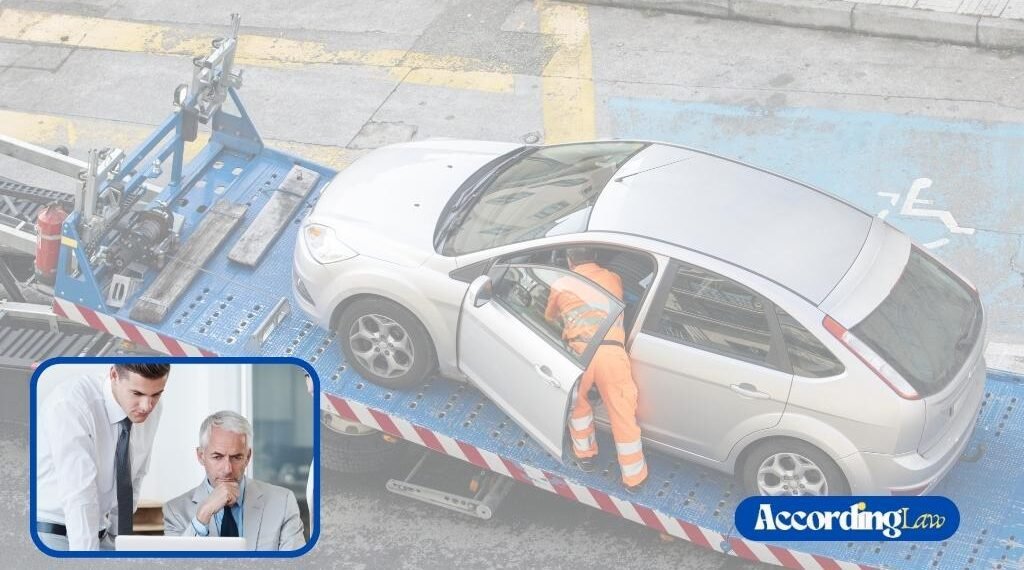Trucking is the backbone of supply chains, but safe hauling involves more than just getting freight from point A to point B. According to an expert truck accident fatality lawyer in Albuquerque, one critical factor often overlooked is load distribution. Improperly balanced cargo not only puts drivers and others on the road at risk but can also lead to costly roadside violations that disrupt schedules, damage reputations, and strain company resources.
Table of Contents
Why Load Distribution Matters More Than You Think
When freight is not distributed evenly across the axles, the truck’s handling changes, and uneven weight can cause swaying, difficulty steering, or even tire blowouts. These risks are not just about safety. Law enforcement agencies and inspectors actively look for weight imbalances because they are aware that these imbalances increase the likelihood of accidents. Something as simple as a few pallets shifted too far back or forward can put a rig out of compliance.
Common Roadside Violations from Poor Loading
Improper load distribution can trigger a variety of violations, many of which are enforced through roadside inspections and weigh stations. Some of the most common ones include the following:
The Chain Reaction of Mistakes Leading to Gargantuan Damages
One mistake with load distribution rarely stays isolated. For example, an overweight rear axle can quickly lead to tire damage, which then causes a violation during inspection. Cargo that is not correctly balanced may shift during hard braking, increasing the likelihood of rollover accidents and potentially incurring further regulatory penalties. What begins as a small oversight in the loading dock can spiral into fines, downtime, and even lawsuits if an accident occurs.
Avoiding Violations Through Best Practices
The good news is that most roadside violations linked to load distribution are preventable with consistent practices. Take note of the following best practices to consider before stepping on the accelerator:
By taking these proactive measures, carriers and drivers reduce the risks of violations while improving overall road safety.
The Legal Side of Violations
Beyond safety and logistics, there is also a legal side to consider. Roadside violations can result in financial penalties, points on a carrier’s Compliance, Safety, Accountability (CSA) score, and, in some cases, suspension of operating authority. For drivers, violations can affect employment opportunities and insurance rates. If an accident occurs due to poor load distribution, liability issues become even more serious, potentially involving lawsuits for negligence.
Final Thoughts
Improper load distribution is more than an inconvenience, it is a direct path to roadside violations, higher costs, and increased risks on the highway. By prioritizing balanced cargo loading and securement, trucking companies and drivers can protect themselves from penalties and maintain the smooth operation of their supply chains. If you are facing citations or legal complications related to roadside violations, it may be time to talk to a truck accident fatality lawyer in Albuquerque.


